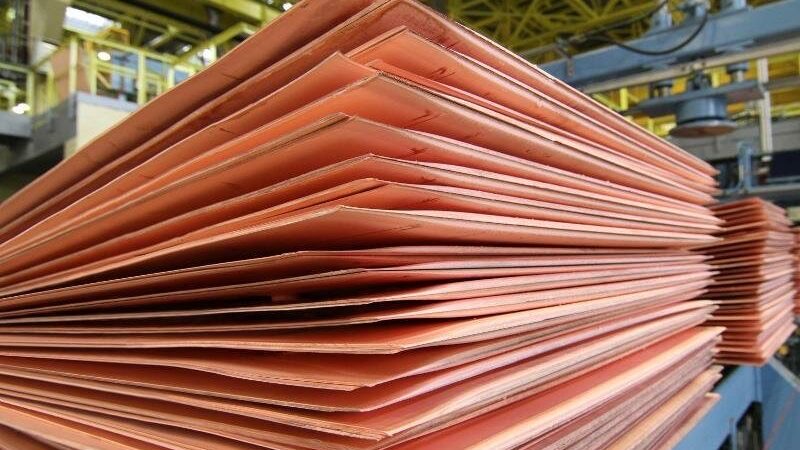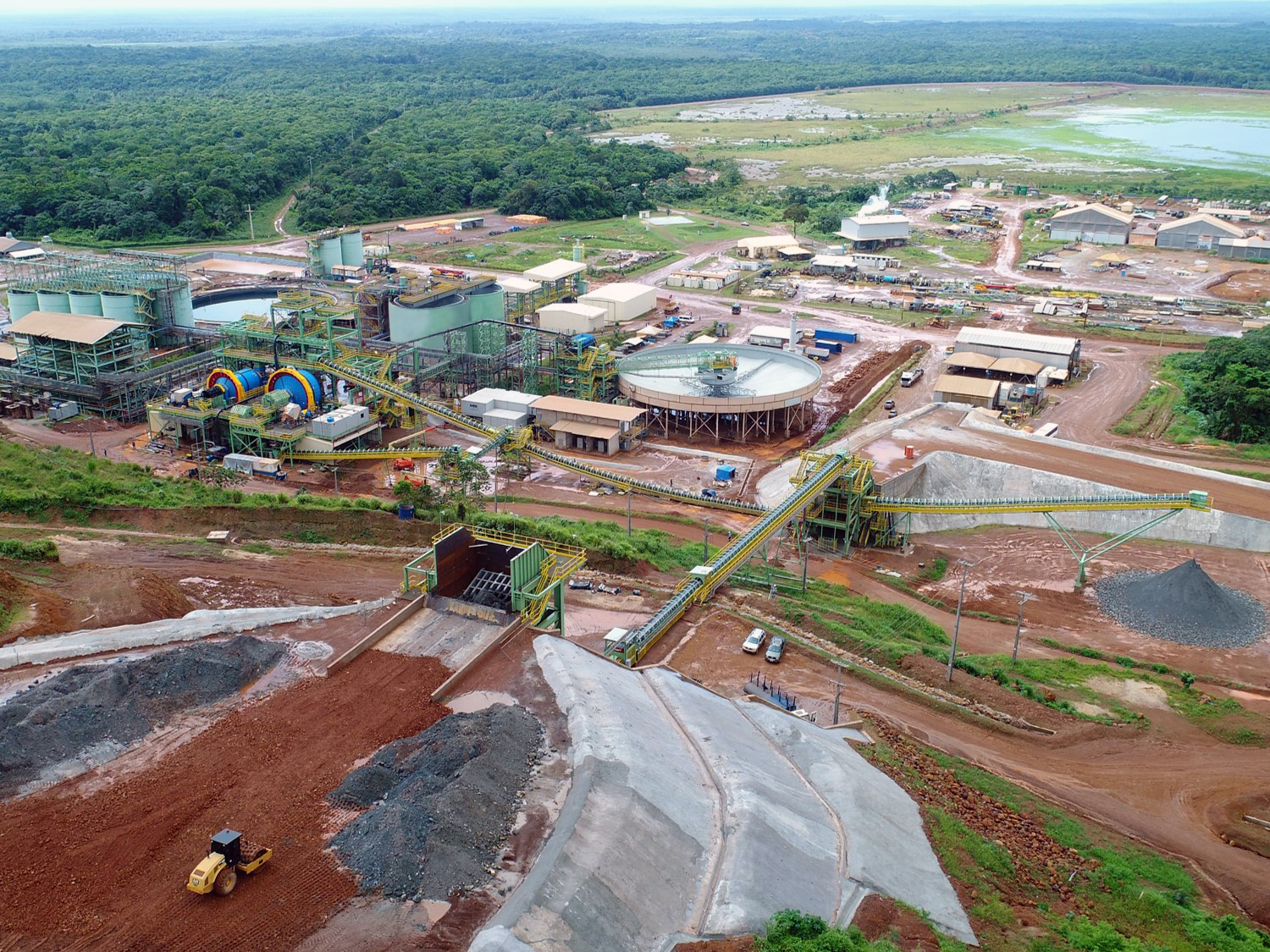Under pressure PGM miners are looking to copper – but it’s a risky move
IT’S no coincidence that two of the surprise bidders for Khoemacau, a Botswana copper miner, are platinum group metal (PGM) producers Sibanye-Stillwater and Impala Platinum (Implats).
Diversification, especially into base metals that are produced as byproducts of PGMs, is one of the options producers have to offset the risk of sharply deteriorating demand from lower sales of internal combustion engine (ICE) cars.
Until this month, Implats CEO Nico Muller has characterised his firm’s stance on diversification as merely that of an interested observer.
“We have made no secret it is something of interest to us,” he said in an interview earlier this year. Speaking at the firm’s annual results presentation on August 31, he said nickel and copper are possible avenues of revenue growth, especially following the firm’s base metals refinery expansion. In fact, of R50bn in expansion projects under way, about R10bn is on processing embellishments.
Make no mistake: diversification is risky. Investors in companies such as Implats are there for the pure-play characteristics. They would rightly question a PGM miner’s ability to switch from the familiar geology of the Bushveld Complex in the North West province to developing and mining unfamiliar ones in foreign climes.
There’s also the question of competing for assets large enough to make a meaningful impact, such as copper. Prized for the rock-star nature of forecast deficits, copper has attracted the attention of the world’s largest miners, such as BHP and Rio Tinto, as well as gold miners Newmont and Barrick. And, besides competing with the balance sheets of the world’s majors, diversification often comes at the expense of dividends.
Examples abound of companies penalised for failing to “stick to their knitting”. Sibanye-Stillwater, now in the throes of adding lithium through Rhyolite and its Keliber project in Finland, has seen its share price melt 45% this year, due partly to concerns about the deteriorating strength of its balance sheet.
In its favour is that, unlike any other PGM company (other than specialist companies such as Tharisa, which mines chrome), Sibanye-Stillwater has a track record of diversifying into new commodities, having started life as a gold miner.
But its predicament is similar to any other PGM firm that has flattered shareholders in recent years with blockbuster earnings. Almost all of Sibanye-Stillwater’s dividends came from PGMs this year. Of its 13 individual assets, only two — PGM miners Rustenburg and Marikana — performed well. The rest were either marginal or burnt cash, says UBS analyst Steven Friedman.
As it is, new projects take time to license and tend to run into unforeseen obstacles. For example, Sibanye-Stillwater’s Rhyolite lithium/boron mine in Nevada may have the support of the US government, but its plan had to be shifted after a unique species of buckwheat on the mining licence area was awarded protected status. Keliber is under development but first production is not expected until 2026.
Adrian Hammond, an analyst for SBG Securities, worries about overburdening Sibanye’s balance sheet, especially after the company said it was close to finalising the takeover of Zambia’s Mopani Copper.
The firm’s big hope in terms of diversification is Keliber. Friedman values the project at $600m, but adds that “a greenfield project in a new location and commodity will present new challenges”.
While Friedman lowered his target price for Sibanye from R45 to R40 this month, this is still considerably above the R26 at which it is now trading.
While he says there is “elevated business risk from declining production profiles and high-cost inflation”, he believes there’s still value, because Sibanye provides “option value on a myriad commodities, including PGMs, gold, lithium, nickel, copper, zinc and uranium”.
This article first appeared in the Financial Mail.
Share this content:














